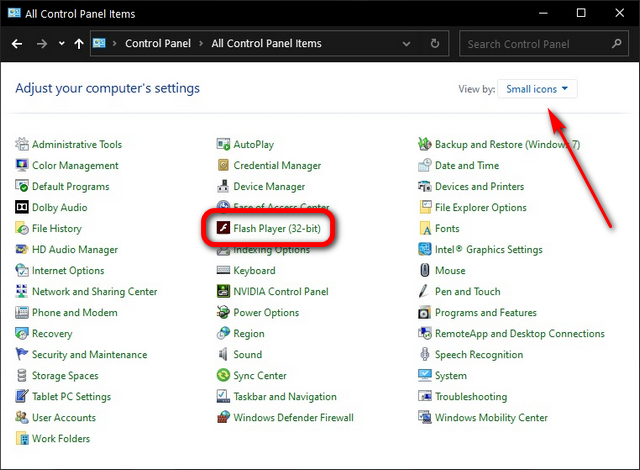

Double-click the Adobe Flash Player Uninstaller icon to run the uninstaller.Ĥ. Double-click the uninstaller program item in the Downloads window to open it.ģ. Click the Downloads icon in Safari (or your web browser of choice) to open the Downloads window. The Mac OS X version will display in the About This Mac dialog.Ģ. If you’re not sure which version of Mac OS X you are running, click the Apple menu, and choose About This Mac. The uninstall program from Adobe referenced in this article is specific only to these Mac OS X versions.

Consequently, that means this information is only for Snow Leopard, Lion, Mountain Lion, Mavericks, Yosemite and El Capitan users. The following information about how to uninstall Flash Player from Mac pertains only to Mac OS X 10.6 and later. Before getting started, make sure you have the correct permissions to download files to your Mac, and save any unsaved work in your open applications. The process involves downloading an uninstaller program from Adobe, closing any applications that may be in use on your Mac that use Flash Player (such as web browsers, for example), and then restarting the computer. If there was detection of Flash Player on your Mac, the information below will show you how to remove it. If Flash Player is not detected on your Mac, then there is no reason to proceed with the uninstall process. First of all, check to see which version of Flash is installed, if any. Or maybe you just want to remove a known installation of Flash Player from your Mac because it is a security concern, or is just no longer required.

It could be that you had an unsuccessful or corrupt installation of Flash Player that is not working. There are several reasons why you may want to uninstall Flash Player from Mac.


 0 kommentar(er)
0 kommentar(er)
